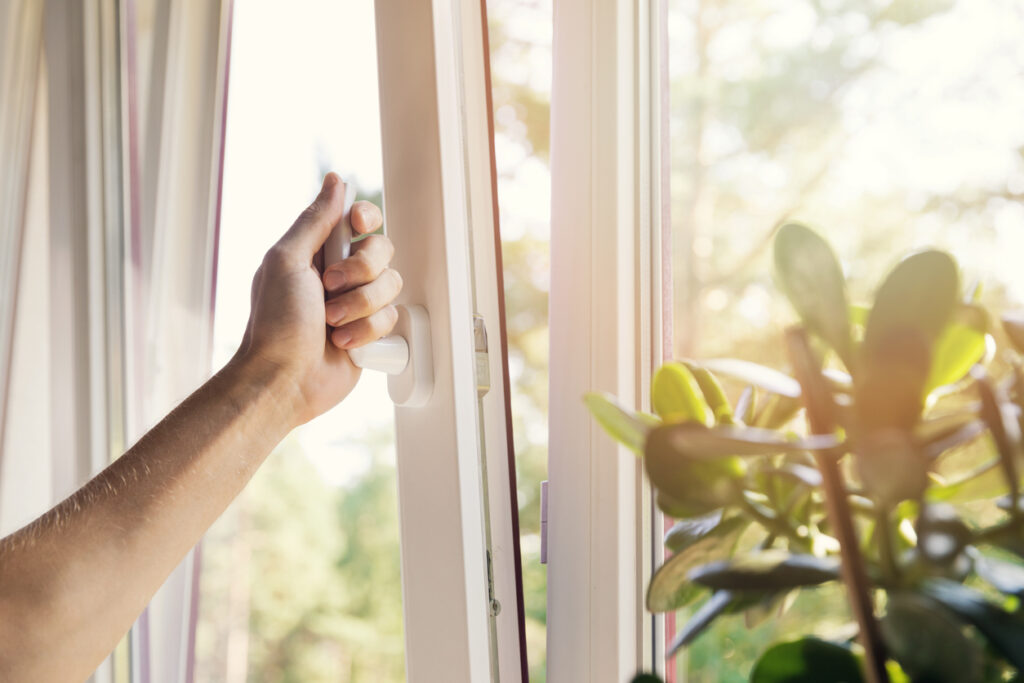External condensation on energy efficient windows is a common phenomenon that occurs when the outer glass surface becomes colder than the surrounding air, leading to moisture from the air condensing on it. While it might seem like a problem, it is actually a sign of high energy efficiency in your new windows.
Why Does It Happen?
Energy efficient windows are designed to minimize heat transfer between the interior and exterior. This means the outer pane remains cooler because it is not warmed by indoor heat. On cool, humid mornings or evenings, this cooler surface can reach the dew point, resulting in condensation. Typically, external condensation dissipates naturally as the temperature rises or sunlight hits the windows.
Is It a Problem?
External condensation is purely cosmetic and doesn’t indicate a fault with the window. Instead, it reflects the effectiveness of the glazing in keeping your home warm.




